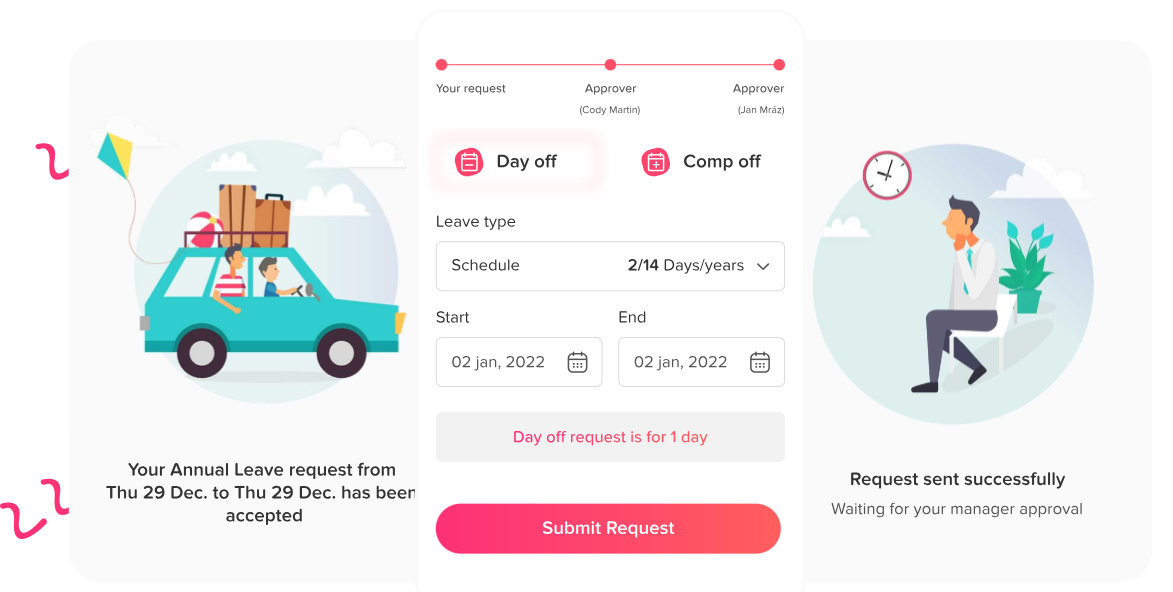In the digital age, email remains a cornerstone of professional communication, serving as a conduit for everything from job applications to business proposals. The ability to write a clear, concise, and professional email is a valuable skill in any professional’s toolkit. This article delves into the nuances of crafting formal emails, providing a detailed roadmap for effective email communication.
The Importance of Formal Email Communication
Formal emails play a crucial role in conveying information in a professional context, establishing connections, and maintaining relationships. They reflect not only on the individual’s professionalism but also on the organization’s image. Therefore, mastering the art of formal email writing is essential for ensuring messages are received and interpreted as intended.
Components of a Formal Email
A well-structured email ensures your message is understood and taken seriously. Here’s how to compose one:
1. Subject Line: Your First Impression
The subject line determines whether your email is opened and how urgently it’s treated. Keep it concise yet informative, providing a snapshot of the email’s content. For instance, “Meeting Request: Marketing Strategy Discussion, March 15.”
2. Salutation: The Appropriate Greeting
The salutation sets the tone for your email. Use “Dear” followed by the recipient’s name and a comma for a personal touch. If the recipient’s name is unknown, “Dear Sir/Madam,” or “To Whom It May Concern,” are suitable alternatives, though they can feel impersonal. Researching the recipient’s name whenever possible shows attention to detail and respect.
3. Introduction: Establishing the Connection
Begin with a brief introduction of yourself if the recipient might not recognize your name. Follow this with a succinct statement of the email’s purpose. This part should hook the reader and motivate them to read further.
4. Body: The Core Message
The body of your email should be clear and to the point, divided into paragraphs for each topic or question. Use formal language, avoiding slang and abbreviations that might not be universally understood. This section is where you detail your request, proposal, or information, ensuring it’s easily digestible for the reader.
5. Closing: Wrapping Up
Summarize the main point or action you’re seeking from the recipient. This could be a request for a meeting, a call to action, or a summary of the email’s key points. A polite closing remark, such as thanking the recipient for their time or consideration, reinforces your respectful tone.
6. Sign-Off: The Final Touch
Choose a sign-off that matches the tone of your email, such as “Sincerely” for formal communications or “Best regards” for slightly less formal situations. Follow this with your name and, optionally, your job title and contact information.
Best Practices for Email Etiquette
- Clarity and Brevity: Keep your message clear and concise. Lengthy emails risk being skimmed or ignored.
- Professional Email Address: Use an email address that reflects your professional identity, ideally incorporating your name.
- Proofreading: Always proofread your email for spelling, grammar, and punctuation errors. This step cannot be overstressed, as errors can detract from your professionalism.
- Attachments: Clearly reference and correctly name any attachments. Forgotten or misnamed attachments can cause confusion and delay.
The Impact of Tone
The tone of your email is as important as its content. A respectful, professional tone helps build trust and respect. Even in challenging situations, maintaining a professional demeanor in your emails can lead to more productive outcomes.
The Role of Email in Professional Growth
Effective email communication can open doors, forge new partnerships, and streamline operations. It’s a skill that reflects your professionalism and attention to detail, contributing significantly to your career development.
6 Examples of Professional Emails
1. Job Application Email
Subject: Application for Marketing Manager Position – [Your Name]
Dear Mr./Ms. [Last Name],
I am writing to apply for the Marketing Manager position advertised on [where you found the job posting]. With over five years of experience in marketing and a proven track record of increasing user engagement through effective campaigns, I am confident in my ability to contribute significantly to [Company Name].
Attached to this email is my resume and cover letter, providing detailed information about my professional achievements and how they align with the requirements of the role. I am particularly excited about the opportunity to bring my unique skills in digital marketing and strategic planning to your team.
Thank you for considering my application. I am looking forward to the possibility of discussing my application in further detail and am available for an interview at your earliest convenience.
Sincerely,
[Your Name]
[Your Contact Information]
2. Meeting Request Email
Subject: Request for Meeting: Q2 Sales Strategy
Dear [Recipient’s Name],
I hope this message finds you well. I am reaching out to schedule a meeting to discuss our sales strategy for the upcoming quarter. Given your insights into our market dynamics and customer feedback, your input would be invaluable as we plan our approach.
Would you be available for a 30-minute meeting next week? I am flexible and can adjust to a time that suits your schedule. Please let me know your availability, and I will make the necessary arrangements.
Thank you for your time and consideration. I believe that together, we can craft a strategy that enhances our market position and drives revenue growth.
Best regards,
[Your Name]
[Your Position]
[Your Contact Information]
3. Project Proposal Email
Subject: Proposal for New Client Onboarding Process Enhancement
Dear [Recipient’s Name],
In our continuous effort to improve client satisfaction and operational efficiency, I have developed a proposal for enhancing our current client onboarding process. This proposal outlines a streamlined approach that incorporates automated workflows, personalized client communications, and a more robust feedback mechanism.
I believe these changes will significantly reduce onboarding times, improve client engagement, and ultimately contribute to higher client retention rates. Attached is the detailed proposal document for your review.
I would appreciate the opportunity to discuss this proposal with you and gather your feedback. Could we set up a time next week for a detailed discussion?
Thank you for considering this initiative. I am eager to hear your thoughts and suggestions.
Warm regards,
[Your Name]
[Your Position]
[Your Contact Information]
4. Feedback Request Email
Subject: Feedback Request on Recent Training Session
Dear [Recipient’s Name],
I hope you are doing well. Following our recent training session on [Topic], I am reaching out to gather your feedback. Your insights are crucial for us to understand the effectiveness of our training programs and identify areas for improvement.
Attached is a short survey that should take no more than 5 minutes to complete. Your honest feedback will help us enhance the quality and relevance of our future training sessions.
Thank you for taking the time to share your thoughts. Your input is highly valued.
Best,
[Your Name]
[Your Position]
[Your Contact Information]
5. Follow-Up Email After No Response
Subject: Follow-Up: Partnership Opportunity Discussion
Dear [Recipient’s Name],
I hope this message finds you well. I am writing to follow up on my previous email dated [Date] regarding a potential partnership between [Your Company Name] and [Their Company Name]. We believe that collaborating could offer significant benefits to both our organizations, including [briefly mention benefits].
I understand that you have a busy schedule, but I would appreciate any updates regarding your interest in discussing this opportunity further. Please let me know if there are any questions or additional information, I can provide to facilitate your decision-making process.
Thank you for your time and consideration. I look forward to your response.
Sincerely,
[Your Name]
[Your Position]
[Your Contact Information]
Subject: Request for Day Off on [Date]
Dear [Manager’s Name],
I hope this email finds you well. I am writing to request a day off on [specific date] due to [reason – personal matters, appointments, etc.]. I have ensured that my current projects will not be affected during my absence, and I have arranged for [Colleague’s Name] to cover any urgent tasks.
I believe this short break will also allow me to recharge and return to work with even greater focus and productivity. I will ensure all pending tasks are up to date before my day off.
Thank you for considering my request. I am willing to discuss any concerns or adjust the date as needed to accommodate the team’s schedule.
Best regards,
[Your Name]
[Your Position]
[Your Contact Information]
Conclusion
The art of writing formal emails is a critical skill in the professional world. It combines respect, clarity, and brevity, ensuring your message is both heard and respected. By following the guidelines outlined above, professionals can enhance their communication skills, fostering better relationships and driving success in their careers. Remember, every email is an opportunity to showcase your professionalism and attention to detail, making it a tool not just for communication, but for career advancement.









